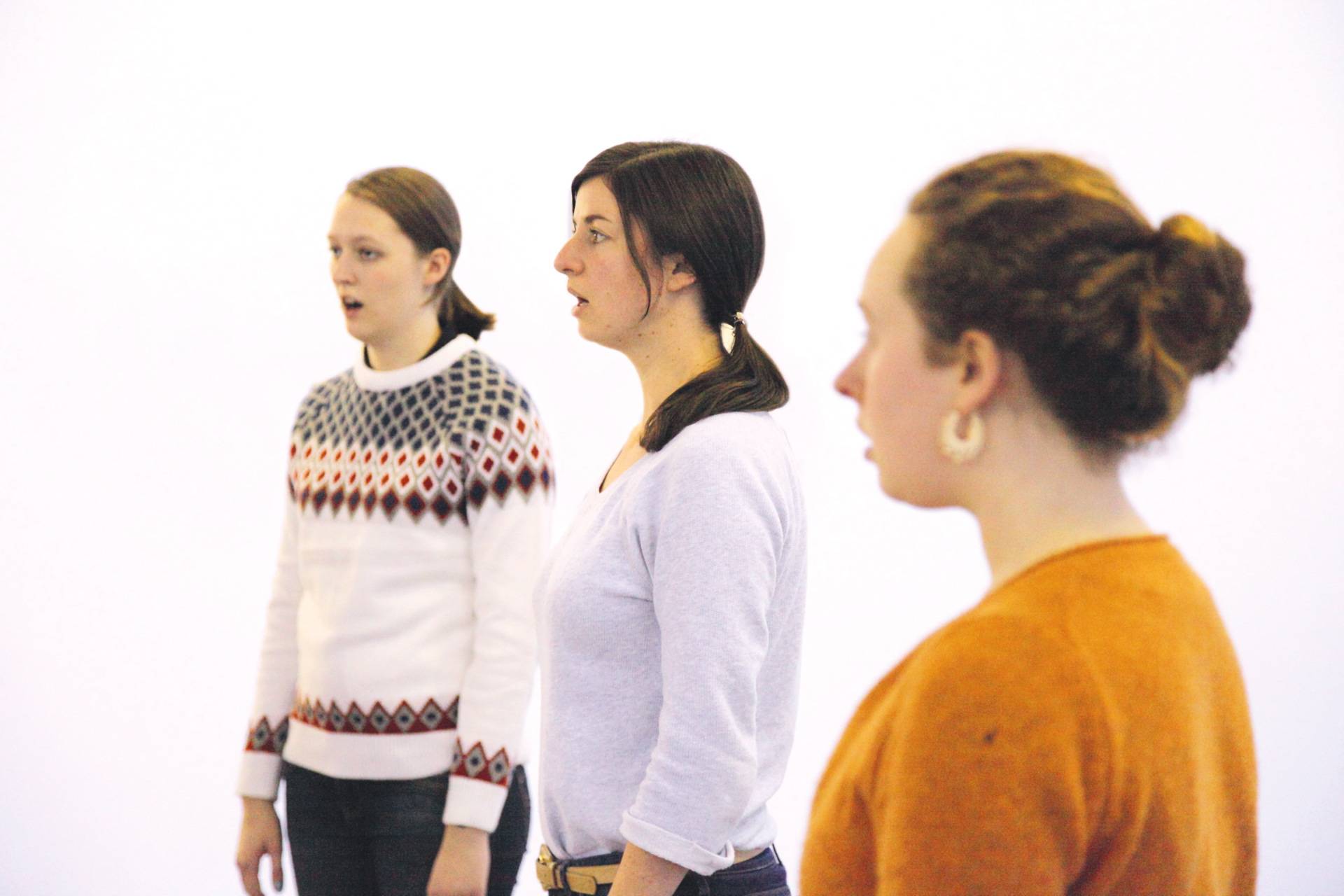Preview: Euphonia
Can we use our voices to communicate with one another without language? Artist Emma Smith sets out to prove it
For artist Emma Smith, the medium of sound is one that presents endless opportunities for artistic exploration. In 2015 Smith worked on a project based on an anthropological theory that suggests early humans first started using voice to communicate using song rather than speech. The project culminated in the development of a new language known as 5Hz.
“The 5Hz language is made up of sounds. It has no meaning, syntax or grammar, so it’s more like a vocal practice. [But it is] effective in producing connections between people,” says Smith.
“What was fascinating about it was that it almost identically maps the types of sounds that we make as babies when we are learning our own faculty of voice. And what’s of interest to me in that is that it’s a pan-universal sound set. It’s the sounds we are all making as a human species so it potentially crosses cultural and linguistic barriers.”
Smith’s exhibition draws on the sounds created by people who visit the centre
Using the same principles, Smith’s latest project Euphonia is an interactive sound exhibition illustrating how we unconsciously make music through interlocking rhythms, pitch and tone when we engage in friendly interactions.
Based at Liverpool’s Bluecoat centre, Smith’s exhibition draws on the sounds created by people who visit the centre on a daily basis, including parents and children, visitors to the café, and the choirs and groups which rehearse there in the evenings.
As part of her research, Smith recorded people chatting together before assessing the notes and rhythms within their voices. She then composed a musical score based on these notes, and visitors will be invited to vocalise and sing along, turning the gallery into a sonic chamber for collective singing
Further events will share the research behind the making of the work and invite the public to undertake their own vocal experiments while adding their own voices to the show. The exhibition will also feature a film installation and live performances from a number of groups.
One of the groups Smith has worked with is The Choir With No Name – a choir for people affected by homelessness. During a number of workshops, she worked with the group to do some short vocal experiments that will form part of the exhibition.
Ema Quinn, the choir’s manager, says the group’s involvement with artists such as Smith provides an opportunity for homeless and marginalised people to connect with Liverpool’s cultural activity.
“There are numerous studies that have been done on the beneficial effects of group singing on physical and mental health,” says Quinn. “It’s a space where people get to leave any problems they have behind for a couple of hours and just have some fun together.
“Within that it creates a network of friendships and support. and the members describe themselves as a family. So it’s building confidence, coping skills and communication skills while people are having a singsong.
“There are many opportunities in life and it’s about being open to experiences and getting involved with things in the community. As a group of homeless people there’s the invisibility and marginalisation that comes with that, so being involved in the cultural activity of the city, whether it be a huge prominent gig or a workshop with Emma – it just says we are here and we are a valid part of the Liverpool community.”
Photo: Emma Smith (centre). Euphonia is at the Bluecoat, Liverpool, 27 April-24 June. The Choir with No Name performs live on 2 June at 2pm, followed by a workshop by Mersey Wiley, director of the choir, at 3pm

Leave a reply
Your email address will not be published.